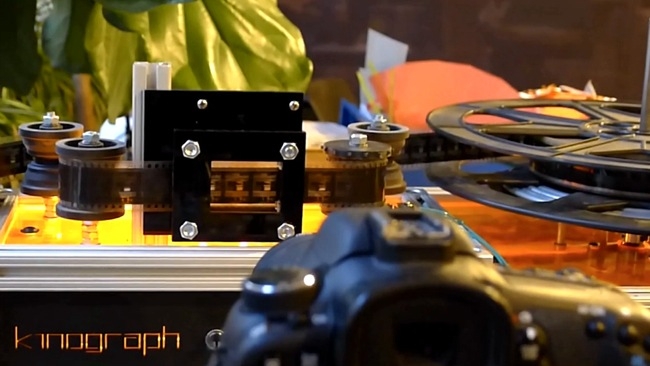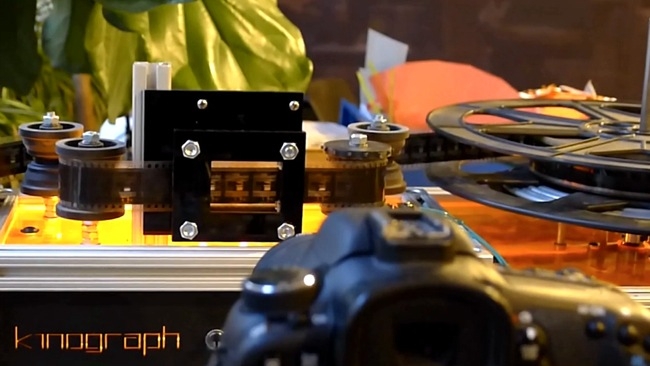
 Open Source Film Scanner
Open Source Film Scanner
If you're still taking pictures with film, there are still quite a few places that will develop it for you, and some, even, who will scan the images send them to you in a digital form. But what do you do if you've discovered a stash of old film footage?
Absolutely the best way to preserve the original is to scan it once and watch it digitally. In any case, if you want to edit the material or even, as would be likely, restore it, then you will have to do this in the digital domain.
There is no shortage of professional facilities that will do this for you, but at a significant cost. Unless you have a professional budget, you need to find another way to digitise old film.
Doing it yourself isn't an easy proposition. About the closest most of us get is projecting the images on a wall and shooting them with a video camera. This, unsurprisingly, can lead to sub-standard results.
Not impossible
What's the alternative? Well, you could build your own film scanner. Sound complicated? Yes. But not impossible, thanks to low cost, freely available hardware, and to the existence of 3D printers.
Matthew Epler has built what he describes as an Open Source film scanner. It's in two parts: the scanner itself (in other words, the physical part) and software that does some clever stuff, including de-jittering the images as they move past, and digitally interpreting the optical soundtracks from old movies.
The system even uses the now ubiquitous Raspberry Pi low-cost Linux computer at its heart.
Watch the video to see how it was done.
Tags: Technology


Comments